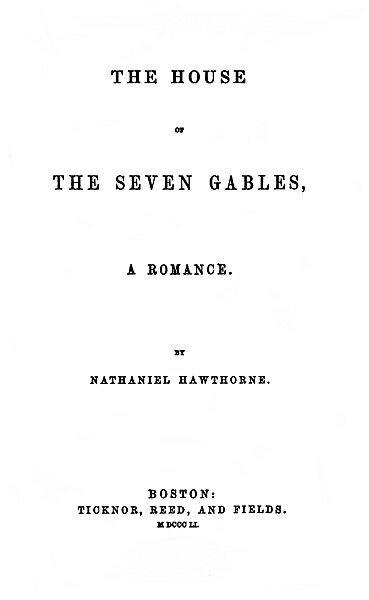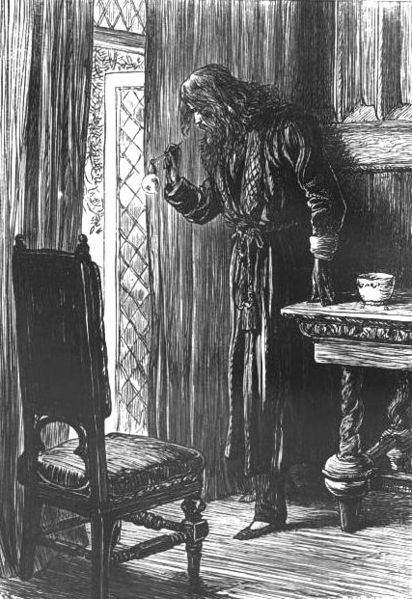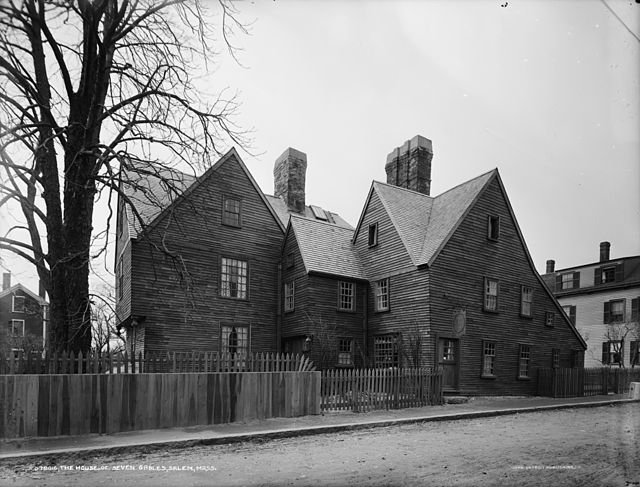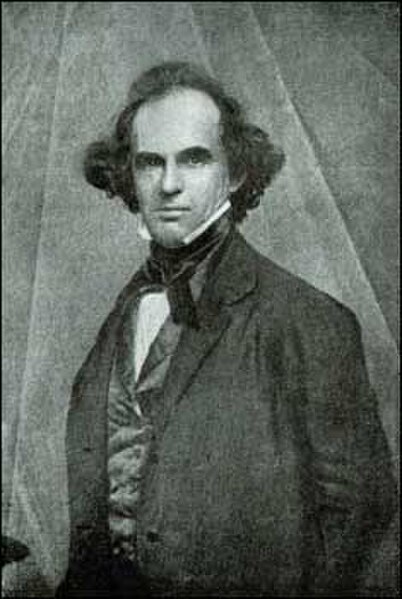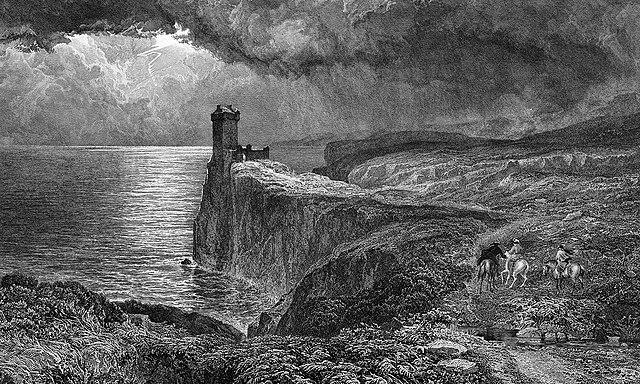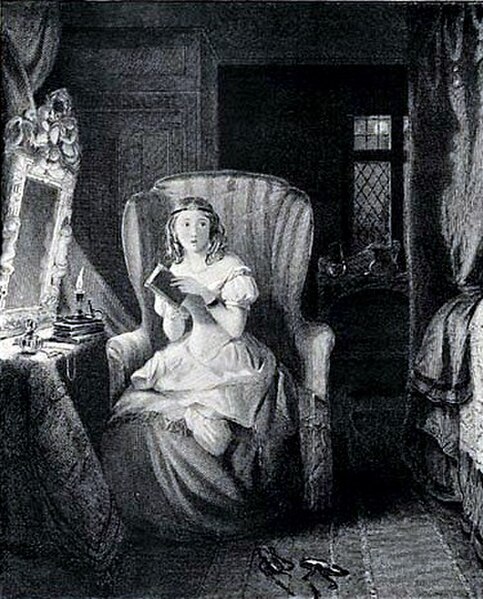The House of the Seven Gables
The House of the Seven Gables: A Romance is a Gothic novel written beginning in mid-1850 by American author Nathaniel Hawthorne and published in April 1851 by Ticknor and Fields of Boston. The novel follows a New England family and their ancestral home. In the book, Hawthorne explores themes of guilt, retribution, and atonement, and colors the tale with suggestions of the supernatural and witchcraft. The setting for the book was inspired by the Turner-Ingersoll Mansion, a gabled house in Salem, Massachusetts, belonging to Hawthorne's cousin Susanna Ingersoll, as well as ancestors of Hawthorne who had played a part in the Salem Witch Trials of 1692. The book was well received upon publication and later had a strong influence on the work of H. P. Lovecraft. The House of the Seven Gables has been adapted several times to film and television.
First edition title page.
1875 illustration of Clifford Pyncheon, John Dalziel
House of the Seven Gables in Salem, Massachusetts c. 1915
Hawthorne, c. 1848
Gothic fiction, sometimes called Gothic horror, is a loose literary aesthetic of fear and haunting. The name refers to Gothic architecture of the European Middle Ages, which was characteristic of the settings of early Gothic novels.
The ruins of Wolf's Crag castle in Walter Scott's The Bride of Lammermoor (1819)
Strawberry Hill, an English villa in the "Gothic Revival" style, built by Gothic writer Horace Walpole
The Gothic Temple folly in the gardens at Stowe, Buckinghamshire, UK, built as a ruin in 1741, designed by James Gibbs
Catherine Morland, the naive protagonist of Northanger Abbey (1818), Jane Austen's Gothic parody

